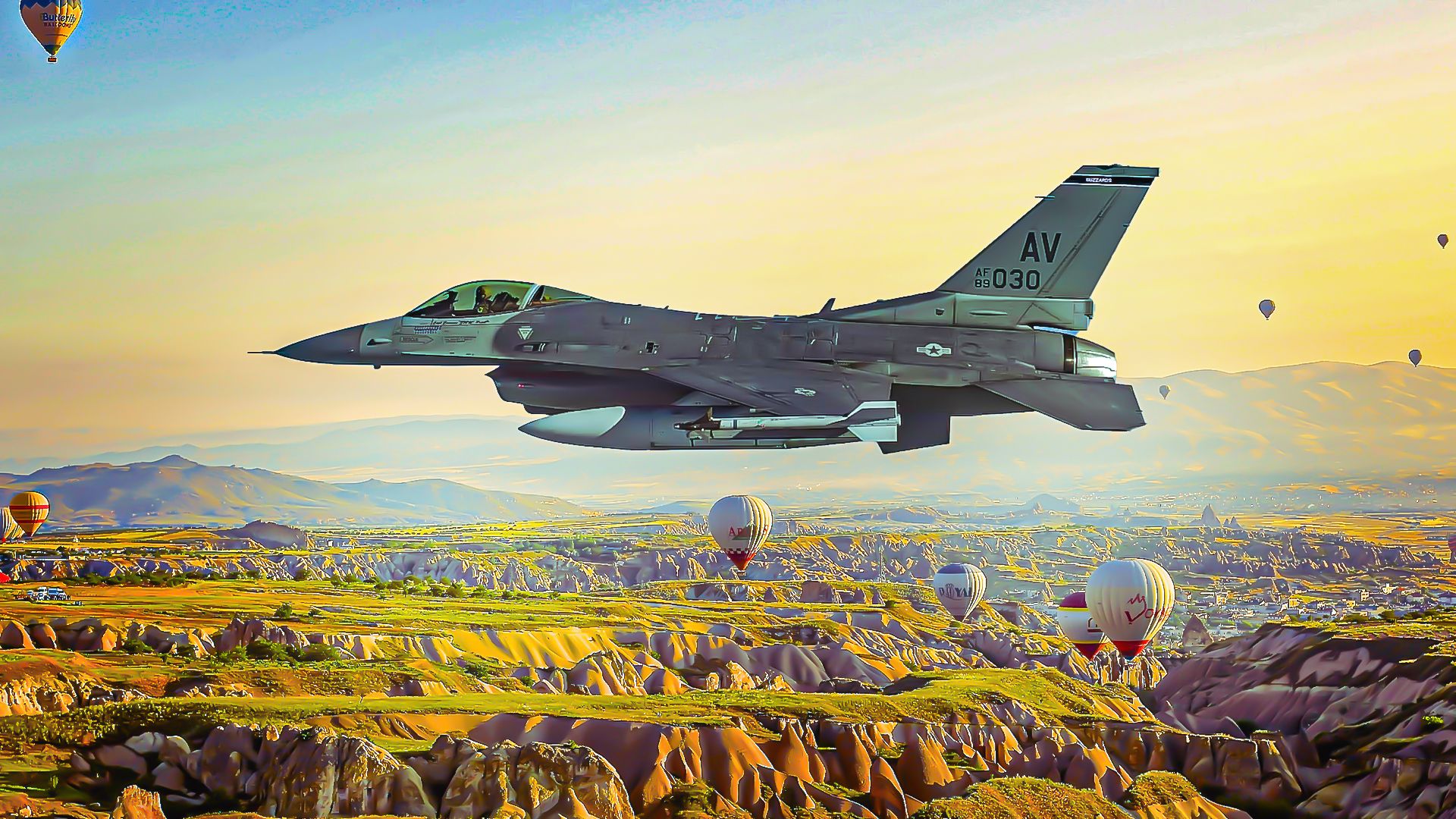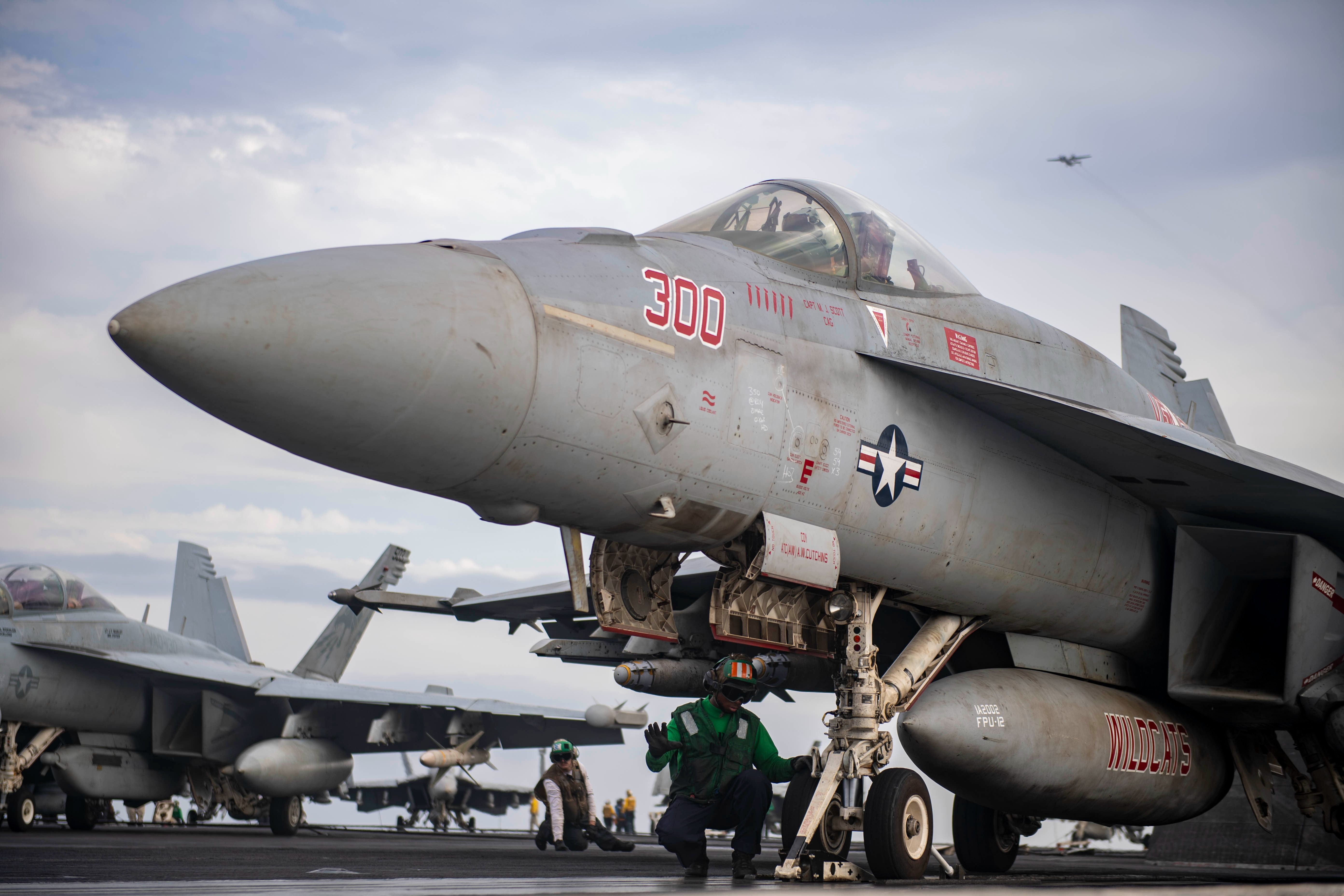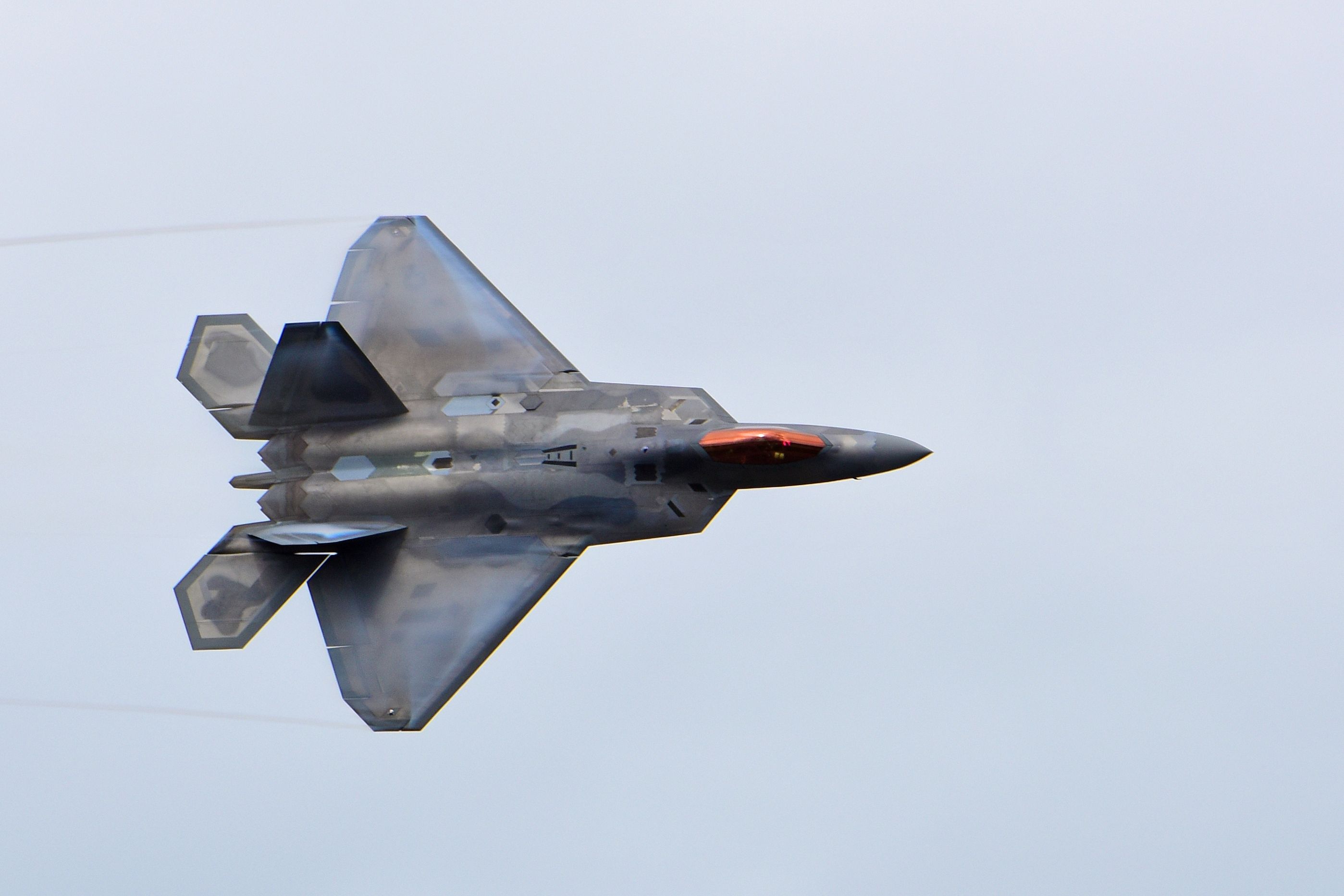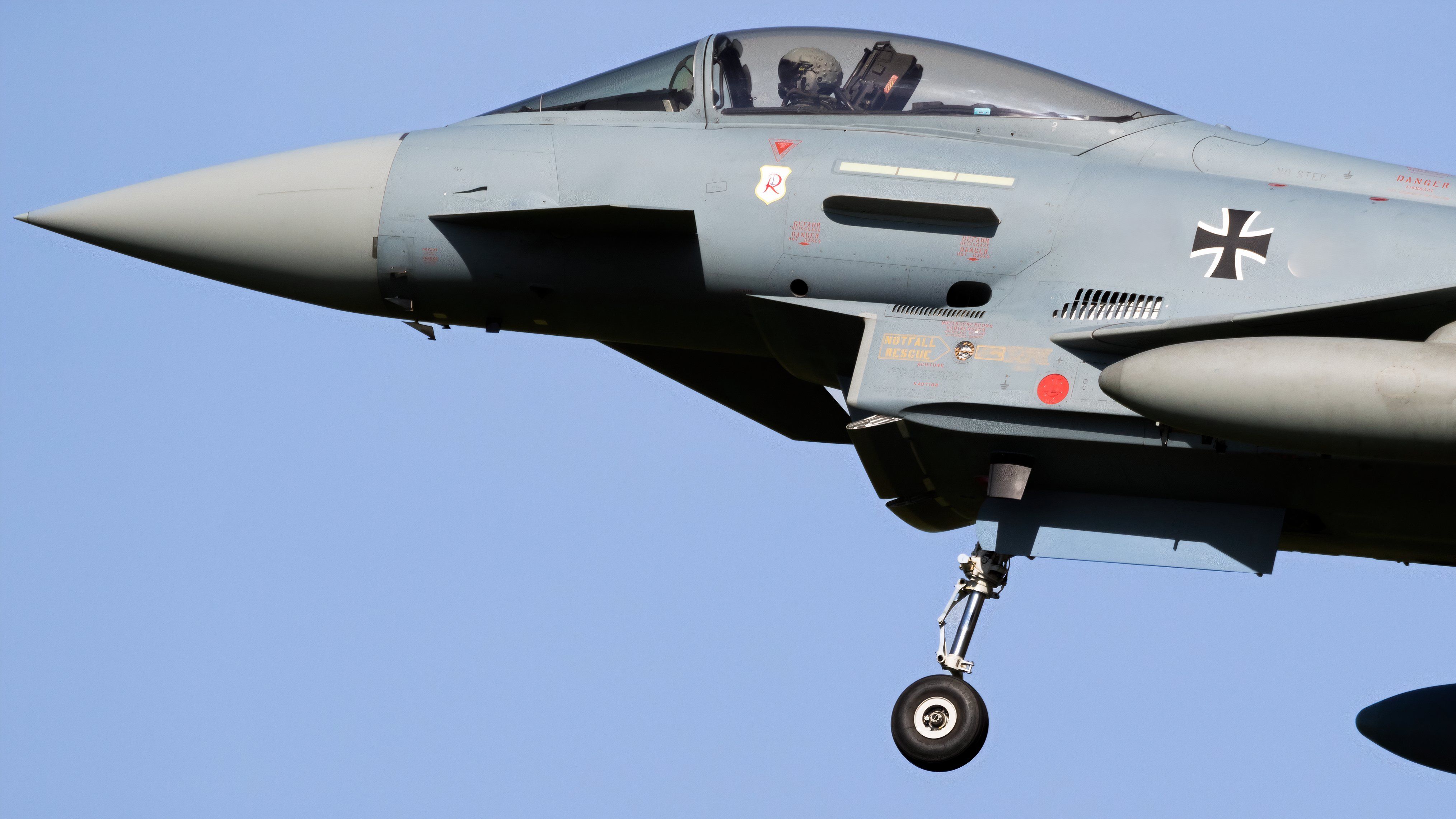Summary
- Lockheed Martin F-35 Lightning II has a Gen III Helmet Mounted Display System enhancing pilot vision and spatial orientation.
- General Dynamics F-16 Fighting Falcon equipped with JHMCS for greater situational awareness.
- Eurofighter Typhoon uses Striker Helmet Mounted Display System for enhanced decision-making.
The fighter aircraft helmet system enhances pilots’ vision in day and night flights, enabling a highly sophisticated and safe combat environment for pilots. The technologically advanced helmet systems increase combat capability while increasing situational awareness. This article explores some of the most advanced helmet systems onboard modern fighter jets.
1
F-35 Lightning II
Generation III Helmet Mounted Display System
- Integrated Head-up display (HUD)
- Helmet-mounted display
- Visor-projected night vision
- Bi-ocular display system with full day and night vision
- Visual targeting
- High-performance design with optimal center of gravity
The Lockheed Martin F-35 Lightning II is equipped with Generation III Helmet Mounted Display System that enhances pilots’ vision through the use of virtual capabilities. The next-generation system serves as pilots primary display, enabling higher spatial orientation, precise weapon targeting, and superior tactical capabilities.
The Bi-ocular display system offers greater combat readiness during both day and night flights.
According to Collins Aerospace,
“The F-35 Gen III Helmet Mounted Display System’s next generation interface provides pilots with intuitive access to vast quantities of flight, tactical, and sensor information for advanced situational awareness, precision and safety.”
2
F-16 Fighting Falcon
Joint Helmet Mounted Cueing System (JHMCS)
- 20-degree field-of-view visor
- Night Vision Cueing Display (NVCD) QuadEye™
- NVCD Aviator Night Vision Imaging System (40-degree field of view),
The General Dynamics F-16 Fighting Falcon is equipped with a Joint Helmet Mounted Cueing System (JHMCS), which enables greater pilot awareness and precision during day and night flights. The day module provides a 20-degree field-of-view visor-projected monocular display.
Photo: US Department of Defense
Several options are available for night vision, including the Night Vision Curing Display (NVCD) QuadEye™ and the NVCD Aviator Night Vision Imaging System. The QuadEye technology offers a 100-degree by 40-degree field of view, making night missions significantly accurate and safe.
Collins Aerospace states that the NVCD Aviator Night Vision Imaging System offers a 40-degree field of view “with symbology or video inserted into the night-vision scene.”
3
F/A-18E/F Super Hornet
Joint Helmet Mounted Cueing System (JHMCS)
- Modular design accommodating night vision
- Compatible with NVCD QuadEye™
- ANVIS 9 and 4949
- Monocular (right eye)
- Magnetic Tracker
- CRT image source
- Integrated line-of-sight cueing
- Integrated debrief camera
- Integrated left and right upper reticles (puppers)
- Lightweight with a balanced center of gravity
- Ejection safe
The carrier-based F/A-18E/F Super Hornet uses the JHMCS as part of the onboard avionics and display system. The JHMCS is a modular helmet display, allowing day and night displays for pilots. The integrated line-of-sight cueing, debrief camera, and left and right upper reticles allow enhanced handling and navigation of the aircraft.
Moreover, greater situational awareness achieved through the helmet display optimizes efficiency and safety during flights.
Photo: USN
According to Collins Aerospace,
“JHMCS incorporates a highly accurate magnetic tracking system, providing the pilot full situational awareness throughout the canopy field-of-regard. JHMCS is in full-rate production and is operational on the F-15, F-16 and F/A-18.”
4
F-22 Raptor
Advanced helmet-mounted cueing system
The F-22 Raptor currently uses an advanced helmet-mounted cueing system. The Air Force reports that engineers of the 46th Test Squadron, 28th Test and Evaluation Squadron are testing a lighter, cooler, and more readily equipped helmet system. The engineers are working closely with F-22 Raptor pilots from the 301st and 43rd fighter squadrons at Eglin Air Force Base.
Photo: Steven Heyano | Shutterstock
The new ergonomically designed helmet system is much superior to the existing technology while offering positive long-term bodily impact. Major Brett Gedman of the 301st unit at the Air Force states,
“It is common knowledge fighter pilots have long-term neck and back issues. Therefore, having a lightweight helmet designed with the operator in mind will have positive long-term impacts on the health of our fighter pilots during and after service.”
5
Eurofighter Typhoon
Striker Helmet Mounted Display for enhanced engagement
- Nose radar: detects enemy aircraft hidden from his view in the airspace below.
- Visor projection: Pilots can lock on to the aircraft by voice command so the aircraft’s weapons systems track it.
- Locking in: Pilots can lock on to enemy aircraft number 2, which is closing rapidly over the right shoulder.
- Prioritize: Target prioritization is done by voice command before engaging weapons.
Photo: VanderWolf Images | Shutterstock
The Eurofighter Typhoon’s Helmet Mounted Symbology System is an advanced helmet and support system, allowing pilots to ‘see’ through the aircraft. The system allows precise decision-making and a higher degree of situational awareness. The Chief Test Pilot of BAE Systems, Mark Bowman, comments about the capabilities of the Helmet system by stating,
“This is a major advance in terms of combat capability and is something that gives Typhoon pilots a significant advantage when it comes to air combat. There is no doubt in my mind that the Eurofighter Typhoon leads the world in terms of this kind of capability- and this is something that all who have worked on the system can feel extremely proud of. It is a major advance in aviation capability.”

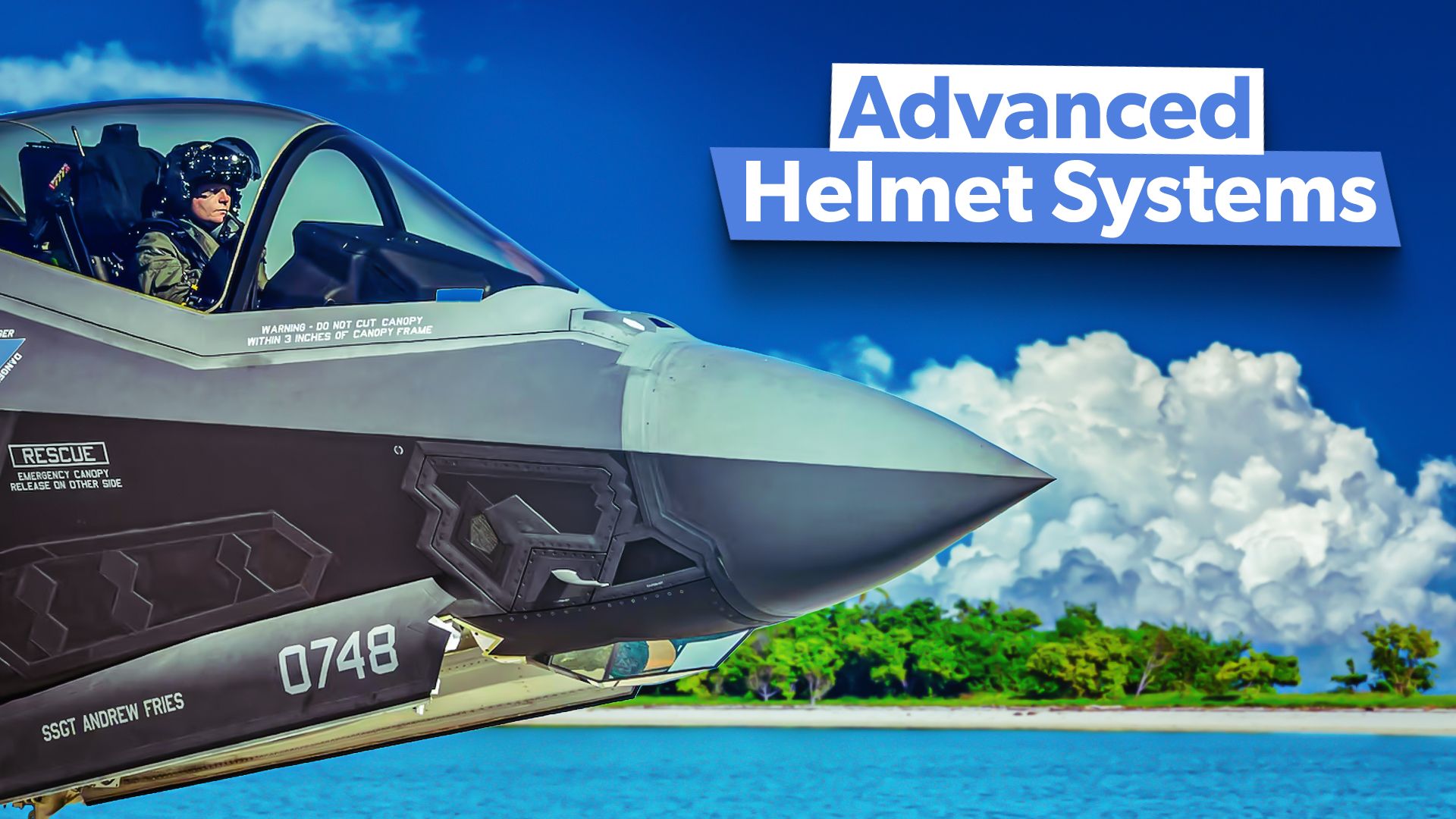
![8254257 - Wisconsin Airmen complete first F-35 training deployment [Image 2 of 15]](https://static1.simpleflyingimages.com/wordpress/wp-content/uploads/2024/07/8254257.jpg)
